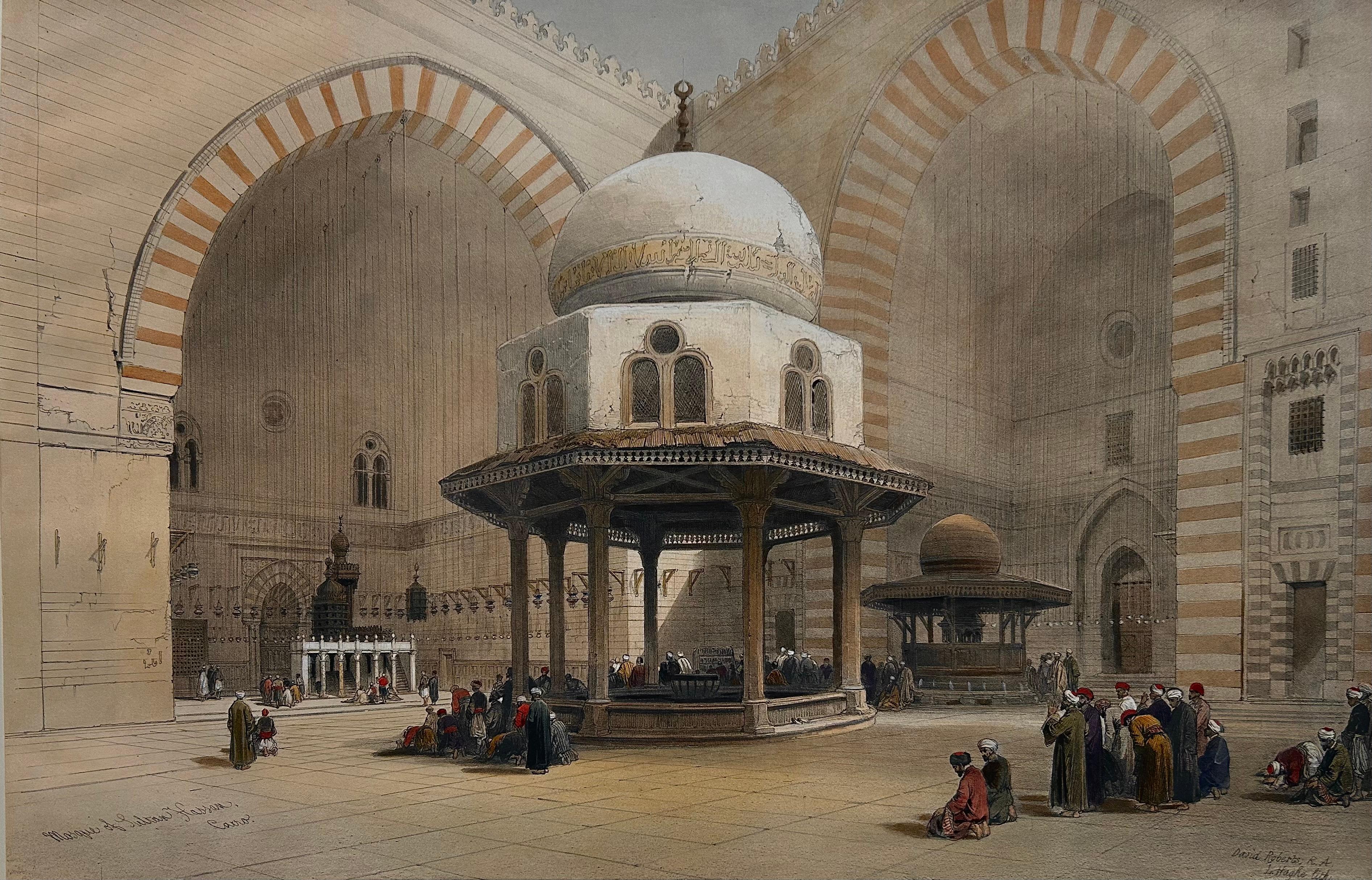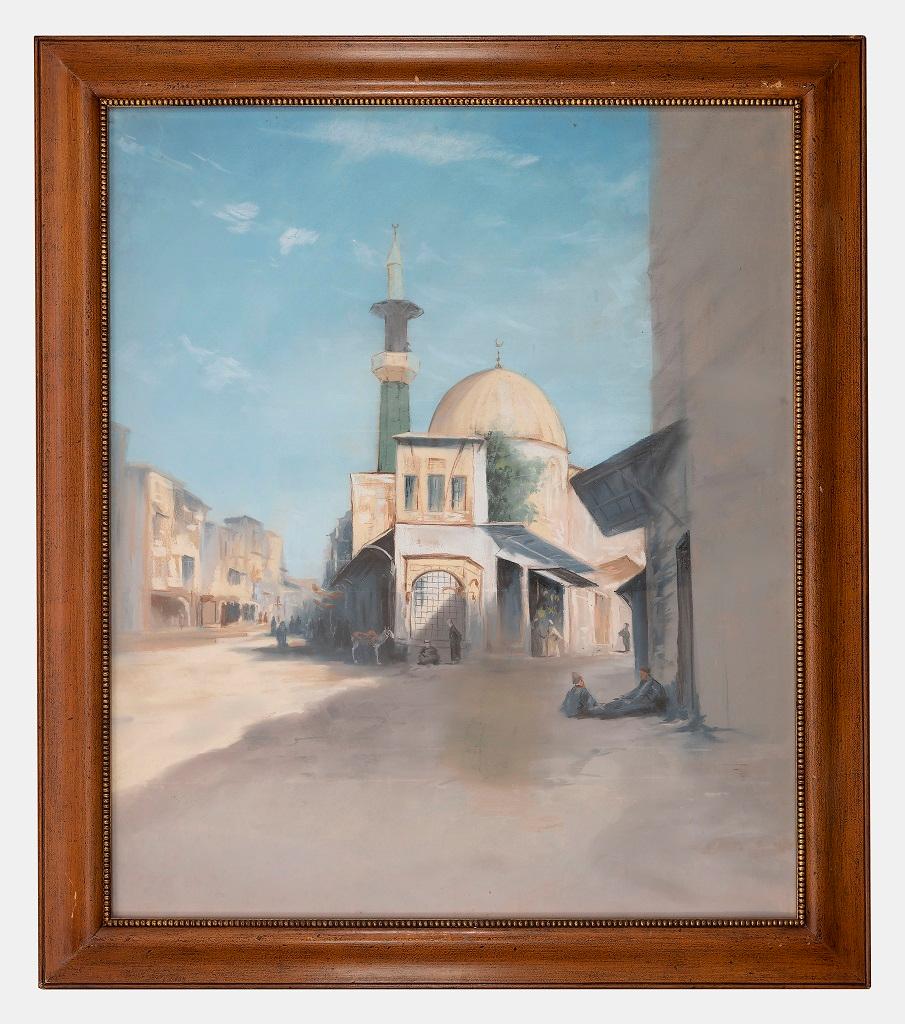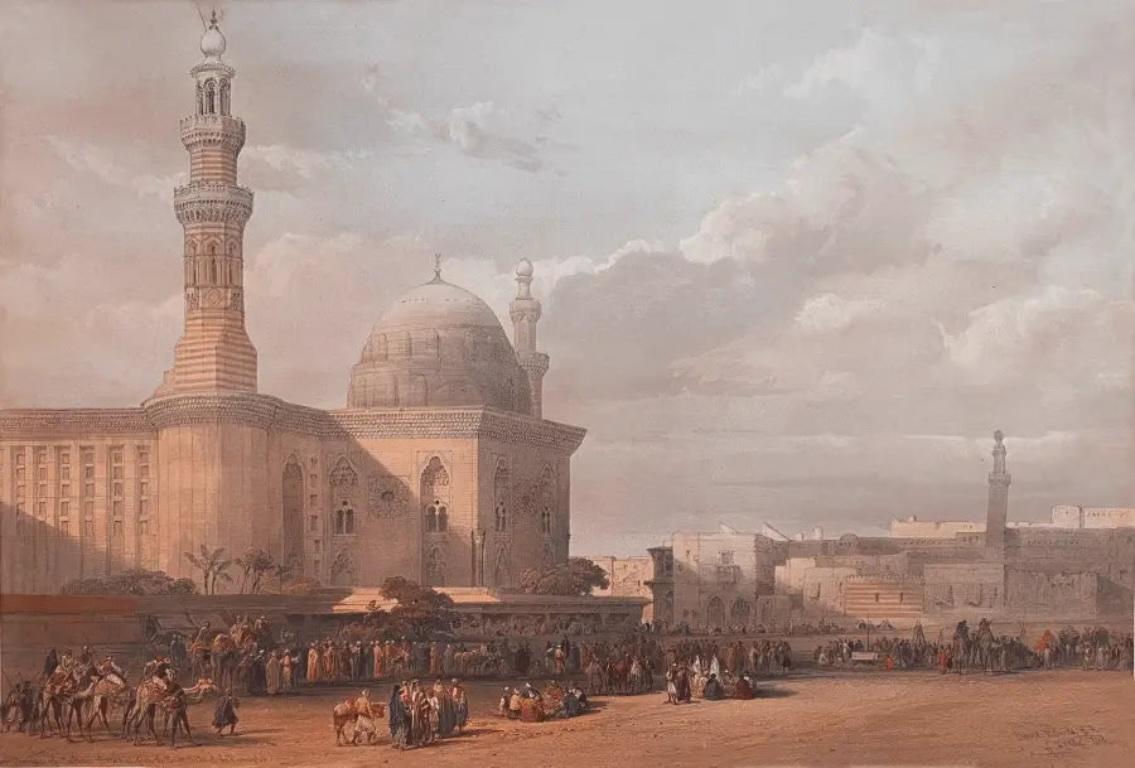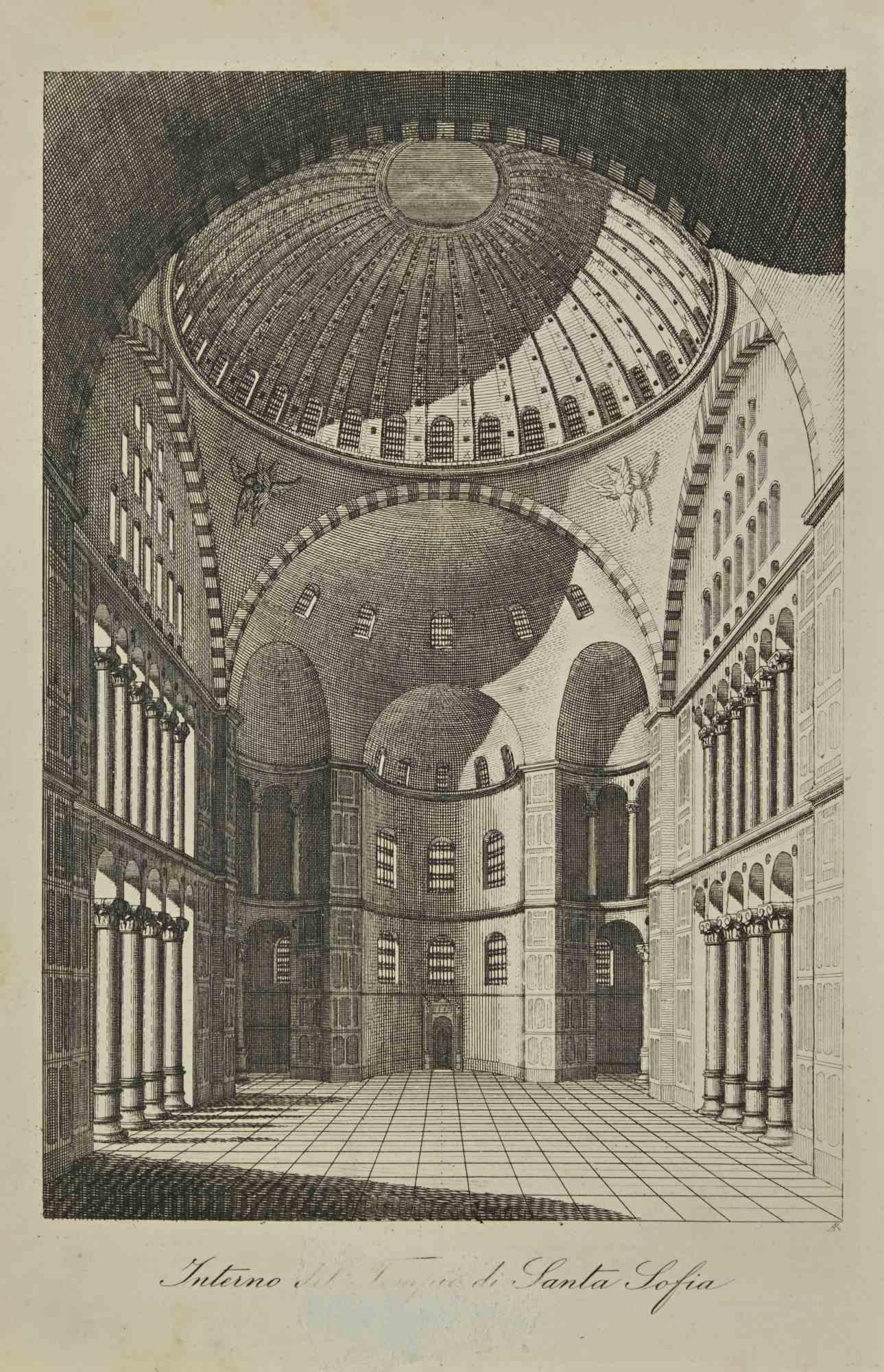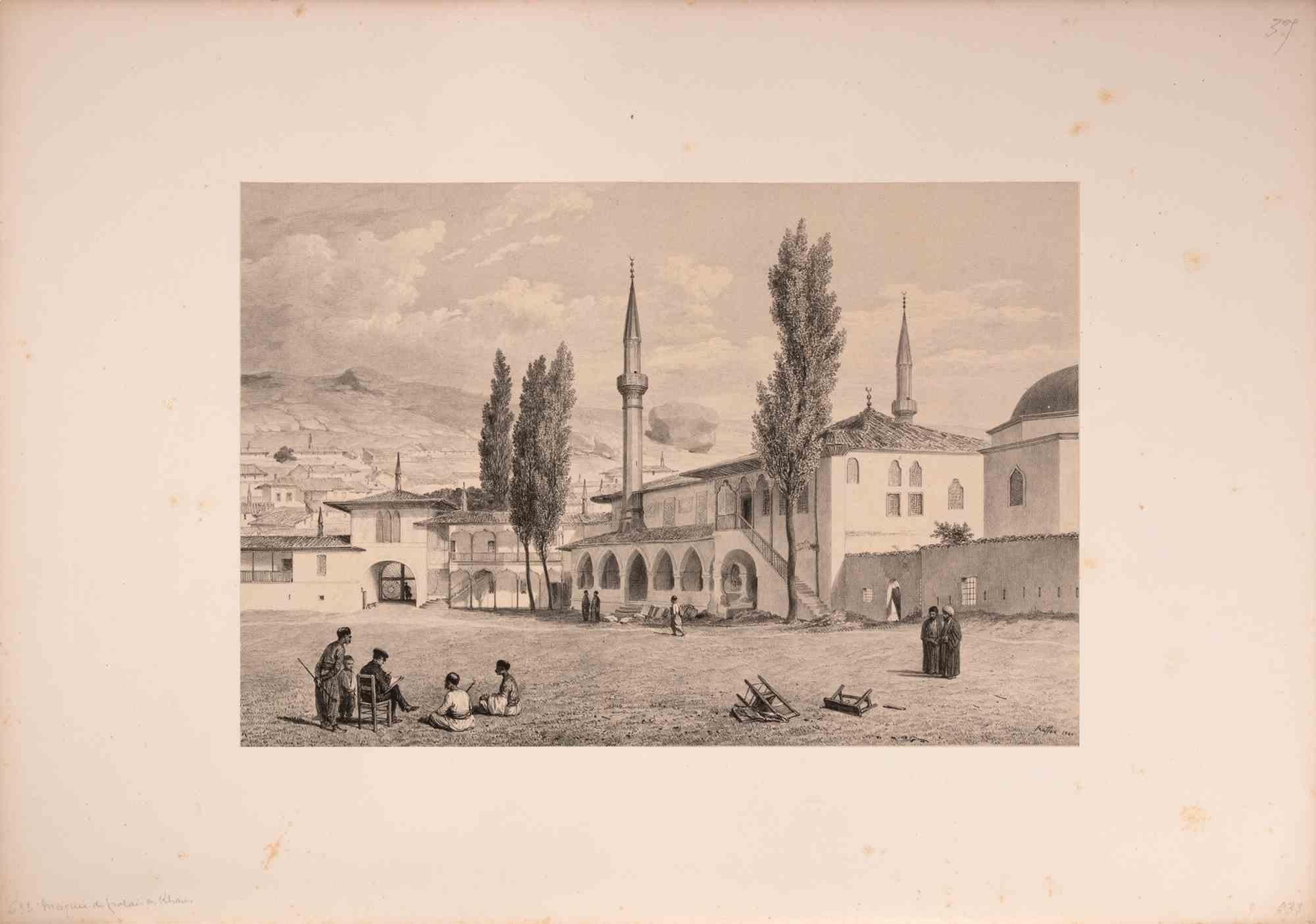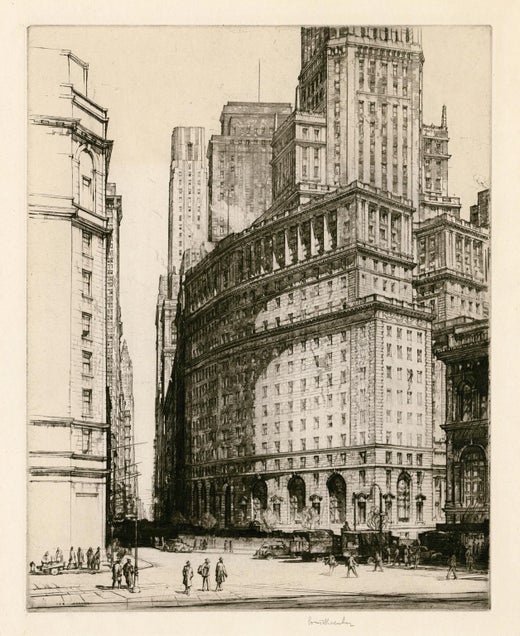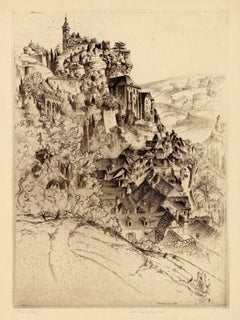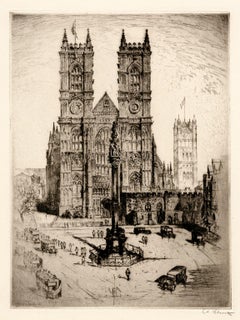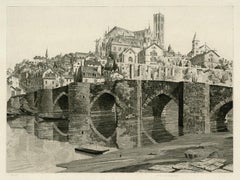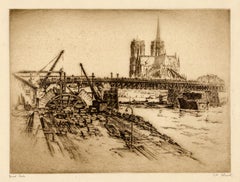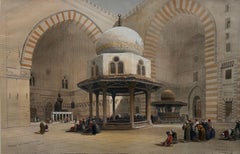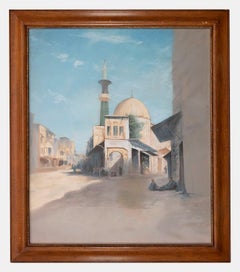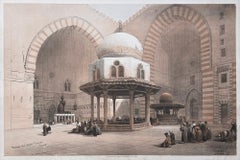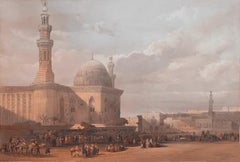Louis Conrad RosenbergMosque of the Sultan Bayazid, Constantinople — Vintage Realism1927
1927
About the Item
- Creator:Louis Conrad Rosenberg (1890 - 1983, American)
- Creation Year:1927
- Dimensions:Height: 11.5 in (29.21 cm)Width: 7.63 in (19.39 cm)
- Medium:
- Movement & Style:
- Period:
- Condition:
- Gallery Location:Myrtle Beach, SC
- Reference Number:Seller: 1020301stDibs: LU53237850162
Louis Conrad Rosenberg
Architect and printmaker, Louis Conrad Rosenberg was born in Portland, Oregon. The recipient of a scholarship awarded by the Architectural Club of Portland, Rosenberg attended the Massachusetts Institute of Technology. Graduating in 1914, Rosenberg was granted a traveling fellowship in architecture and after the war he traveled throughout England, Europe, the Near East and Northern Africa, creating thousands of sketches. Rosenberg began his first experiments in etching while studying at the American Academy in Rome, in 1921, and has given an exhibition there. His prints came to the attention of Muirhead Bone, who looked him up during a visit to New York and suggested that he pursue etching more seriously. Soon after that meeting, Rosenberg entered the school of engraving at the Royal College of Art in London, making 20 distinguished plates in a year and launching his career as a printmaker. On his return to the United States, he took up a teaching position in architectural design at the University of Oregon. Etching for the American Etchers Series, he was commissioned to render the existing sites, new structures and demolitions of the Cleveland Railroad Terminal. In 1930, Rosenberg undertook a similar commission for the Cincinnati Union Terminal that produced some of his finest work. In 1946, he joined the New York architectural firm of Sawyer and York and remained there until retiring. Widely respected for his impeccable drypoint technique, flawless composition and sensitive architectural renderings, Rosenberg was the recipient of many medals and awards. He was an emeritus member of the American Institute of Design and senior fellow in the Royal Society of Painters, Etchers and Engravers. Rosenberg was also a member of the Brooklyn Society of Etchers, Chicago Society of Etchers, Philadelphia Society of Etchers and Engravers Associates and the Chelsea Arts Club, London. Rosenberg received a silver medal from the Printmakers Society of California, 1924.
- ShippingRetrieving quote...Shipping from: Myrtle Beach, SC
- Return Policy
More From This Seller
View All1920s American Realist Figurative Prints
Etching
1920s American Realist Landscape Prints
Etching
1930s American Realist Landscape Prints
Etching
1920s Realist Figurative Prints
Etching
1920s American Realist Landscape Prints
Etching
1940s American Realist Figurative Prints
Drypoint
You May Also Like
1840s Realist Landscape Prints
Laid Paper, Lithograph
Mid-20th Century Modern Figurative Paintings
Tempera, Watercolor
Mid-19th Century Victorian Landscape Prints
Lithograph
1840s Realist Landscape Prints
Laid Paper, Lithograph
1860s Modern Figurative Prints
Lithograph
1840s Modern Figurative Prints
Lithograph
